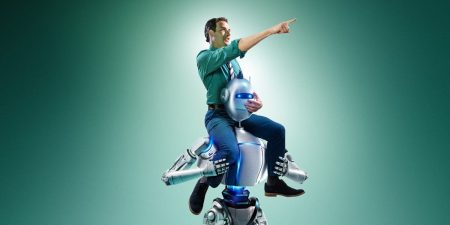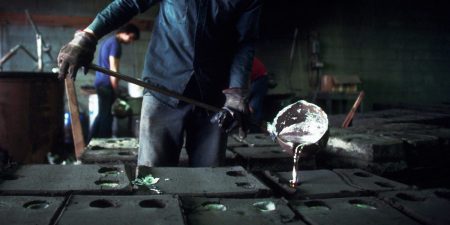Introduction to the Tariff Announcement
The White House has announced the imposition of 25% tariffs on all steel and aluminum imports, marking a significant escalation in President Donald Trump’s trade policies. The U.S., as the world’s largest importer of steel, sources these metals primarily from Canada, Mexico, and Brazil. This move is expected to have far-reaching implications for industries that rely heavily on these materials, such as construction, automotive manufacturing, and aerospace. President Trump first hinted at the tariffs during a flight on Air Force One en route to the Super Bowl, stating that any steel entering the U.S. would be subject to the 25% tariff. He later clarified that these tariffs are part of a broader strategy to address trade imbalances and ensure "reciprocal" treatment for U.S. goods exported to other countries.
Impact on Industries and Consumers
The tariffs are likely to increase costs for U.S. businesses that rely on imported steel and aluminum, which could lead to higher prices for consumers. Industries such as construction, automotive manufacturing, and even consumer goods may face disruptions as companies pass the additional costs of tariffs on to their customers. For example, the prices of cars, construction materials, and everyday products like aluminum cans could rise. Analysts at Morgan Stanley have warned that constructing new smelters or mills to increase domestic production can take three or more years, meaning that the U.S. may not be able to offset the higher costs of imports quickly. This could result in short-term inflationary pressures, impacting the overall economy.
Trade Partners and Retaliation Concerns
The tariffs have raised concerns among key U.S. trade partners, many of whom are among the largest suppliers of steel and aluminum to the U.S. Canada, Mexico, and Brazil were the top suppliers of steel and iron to the U.S. in the last year, while Canada and Mexico also ranked highly for aluminum and bauxite imports. The United Arab Emirates was the second-largest supplier of aluminum in 2024. These countries are likely to respond to the tariffs with retaliatory measures, which could escalate trade tensions. For instance, China has already imposed retaliatory tariffs on U.S. goods such as coal, crude oil, agricultural machinery, and certain vehicles in response to previous U.S. tariffs. Such measures could harm U.S. exporters and further disrupt global trade flows.
Historical Context of Trump’s Trade Policies
Steel and aluminum have been central to President Trump’s trade agenda since his first term in office. In 2018, he imposed tariffs of 25% on steel and 10% on aluminum, citing national security concerns under Section 232 of the Trade Expansion Act. While some trade partners, such as Canada, Mexico, and Brazil, were initially granted exemptions, the latest announcement appears to broaden the scope of the tariffs. Trump has long advocated for "reciprocal" trade relationships, where the U.S. imposes tariffs on foreign goods in response to tariffs placed on U.S. exports. For example, he pointed out that some countries impose tariffs as high as 130% on U.S. goods, arguing that this imbalance must be corrected.
Industry Reactions and Concerns
The announcement has drawn mixed reactions from industry leaders. Charles Johnson, president of the U.S. Aluminum Association, has called on the administration to exempt aluminum imports necessary for domestic manufacturers while maintaining tariffs on unfairly traded Chinese aluminum. This reflects a broader concern that while tariffs may help protect domestic industries, they could also harm U.S. manufacturers that rely on imported metals. Johnson’s statement highlights the complexity of balancing trade protections with the needs of downstream industries. Additionally, analysts warn that the tariffs could lead to higher domestic prices for metals, as constructing new production facilities takes time and may not immediately offset the loss of imported supplies.
Economic Implications and Future Outlook
The economic implications of the tariffs are still unfolding, but there is widespread concern about their potential impact on inflation, trade relations, and the global economy. Higher tariffs on steel and aluminum could lead to price increases for a wide range of goods, from cars and construction materials to consumer products. At the same time, retaliatory measures from trade partners could harm U.S. exporters, particularly in industries such as agriculture and manufacturing. While the White House frames the tariffs as a necessary step to protect U.S. industries and address unfair trade practices, critics argue that they could harm the U.S. economy in the long run by disrupting supply chains and leading to trade wars. As the situation evolves, the interplay between tariffs, inflation, and global trade dynamics will remain a critical area of focus.












